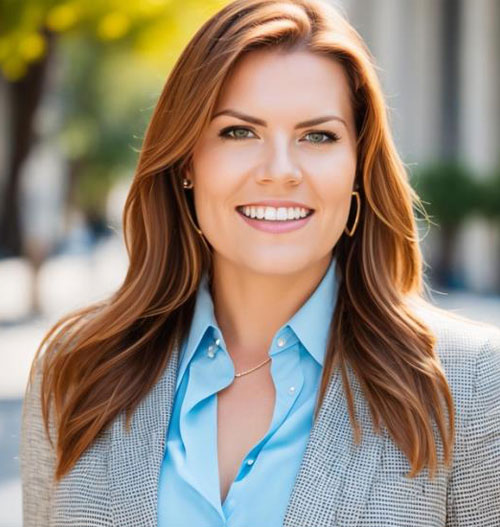Authors: Dr Erika Pärn, Senior Research Associate at the University of Cambridge

Research into the cyber-threats confronting critical infrastructure asset management is influencing thinking in facility management. Dr Erika Pärn, Senior Research Associate at the University of Cambridge, highlights the impacts of the research, including the launch of a whitepaper on managing digital risk.
Impact on the real world
Since the publication of our research paper on cybersecurity for digital built environment assets and Facilities Management (FM), we've witnessed a marked shift in the way the industry perceives and prioritises this topic. Historically, FM might have overlooked the criticality of cybersecurity. Still, with the mounting threats and the increasing integration of digital systems in facility operations, our research has been instrumental in highlighting these vulnerabilities.
The International Facility Management Association (IFMA) is a testament to the significance of this work. Not only did they recognise the relevance of our findings, but they also integrated cybersecurity into their educational and strategic frameworks. This integration is evident in their initiatives to conduct conference workshops and dissemination activities during their annual World Workplace Conferences. It's indeed commendable that cybersecurity has carved out its own strategic research stream, underlining its importance in the evolving landscape of FM.
Real world application
The most palpable real-world manifestation of the impact of our research has been IFMA's proactive response. Their launch of a whitepaper based on a subsequent survey is a clear indication of the industry's urgency to understand and address the concerns highlighted in our work. Engaging industry and academic experts like Dr Erika Parn from University of Cambridge, Shaun Reardon from DNV, and Quentin Hodgson from RAND, only underscores their commitment to ensuring a comprehensive approach. With a wide-reaching membership of 24,000, the implications of this whitepaper are profound, potentially reshaping best practices in FM across the globe.
The idea of digital twins, replicating physical assets in a digital realm, is revolutionary in FM, but it brings with it its own set of cybersecurity challenges.
Future impact and direction
The trajectory of subsequent studies and research has been unmistakably influenced by our initial article. The fact that future research aims to delve deeper into the FM industry's vulnerabilities, particularly regarding business configurations that might make them susceptible to cyberbreaches, is a testament to the ripple effect of our study. Furthermore, the direction of exploring digitally twinned critical assets is a significant stride forward. The idea of digital twins, replicating physical assets in a digital realm, is revolutionary in FM, but it brings with it its own set of cybersecurity challenges. Thus, understanding how to twin assets securely is vital.
Moreover, as facilities managers become increasingly involved in the digital evolution of their spaces, educating and informing them will be paramount. As experts in FM, they will need to evolve in their roles, not just as custodians of physical spaces but as stewards of digital and cyber-physical systems.
What's next?
Given the momentum generated by our research, our next steps involve two primary avenues:
Deep Dive into Business Configurations: Understanding the business models and configurations that make FM vulnerable is crucial. Not all breaches are due to technological loopholes; some arise from inherent business practices. By identifying and rectifying these, the FM industry can be significantly fortified.
Digital Twinning with Cybersecurity: As we move into a more digital age, assets aren't just physical. Digital representations of these assets need protection as well. Our research will seek to define best practices for creating these digital twins while ensuring they are safeguarded against potential threats.
In conclusion, the journey from our initial research to its current impact has been both gratifying and enlightening. The reception and subsequent actions by bodies like IFMA underscore the real-world implications of academia bridging with industry practices. As we forge ahead, our commitment remains to ensure that the FM industry not only evolves but does so securely in this digital age.

Sustainable structures and infrastructures
We are passionate about supporting researchers, policymakers, and practitioners in their efforts to minimise the environmental impact of structures and infrastructures.
